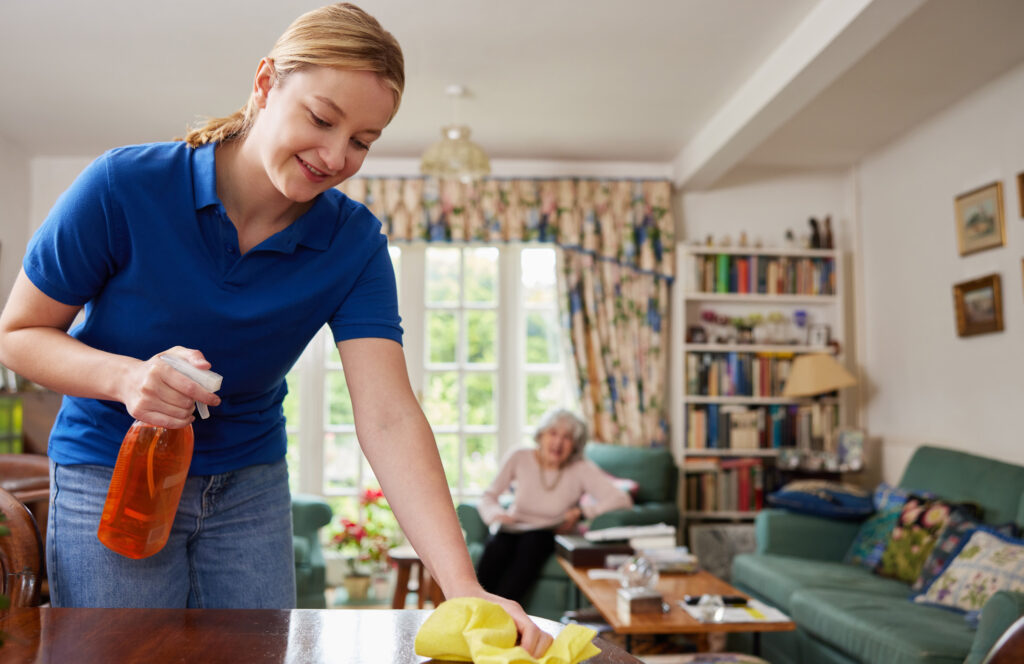
We hate to break it to you, but those pesky dust bunnies you occasionally see floating around your home or under your furniture are more than just an eyesore. These gross clumps are composed of particles found inside and outside of your home.
They are mostly composed of dead skin cells, dust mites, dead insect particles, soil, pollen, tiny plastic particles, bacteria, hair, and clothing fibers, not to mention the exterior elements that find their way indoors. These pollutants and contaminants enter through the windows and doors and settle down on the floor, and don’t forget the sand, gravel, and dried-up goo on your shoe soles that are brought in from the street. Dander and shedding from your pets and crumbs from
snacks and meals contribute to dust build-up
as well.
It is estimated that Americans spend over $10 billion a year on products to remove and control household dust. Add to that the vacuum cleaners, air filtration devices and furnace filters, and it is easy to see that dust is big business. But have you ever wondered is household dust just a nuisance or are there real health concerns?
Some dust particles are of concern to humans, especially allergy sufferers; pollen, air pollution, pet dander, mold spores, dead insects, dust mites and their waste.
There is also growing concern about residues from pesticides, herbicides and fertilizers used both inside and outside our homes. Even roadway dust from automobile tires, brake linings and exhaust become household dust, and may contain carcinogens.
There’s also dust from construction, demolition, burning and deterioration of buildings. The list goes on and on. In fact, you might just say that almost everything you look at is turning to dust.
Let’s face it, there is no way to make your home completely dust-free. But you should prevent the buildup of dust to make your home a healthier place to live. Dust control doesn’t have to be difficult. It’s really just a matter of changing the way you do a few things.
You should install a high efficiency filter on your HVAC system and replace it monthly. For added protection, there are electronic air purifiers designed to be attached to your air duct system. Generally, these units require professional installation by a licensed contractor.
While it is nice to let the fresh air in, keep windows and doors closed when pollen is high or it is windy outside. Brush pets outdoors away from the house and use a damp pet wipe to remove remaining dander before allowing them back into the house.
When cleaning around the house, do your dusting with an electrostatic cloth, duster or damp wipe. Work from high to low and work your way out of the room. Wait about an hour before vacuuming to allow particles to settle.
Vacuuming is a great way to remove dust from your home. However, it is important that you use a vacuum cleaner that has an efficient filtration system. A vacuum with HEPA (High Efficiency Particulate Air) filtration improves indoor air quality while you vacuum. And don’t forget to vacuum your furniture too.
Eventually, vacuuming alone is not enough. Dust and other soils are bonded to carpet and upholstery fibers by sticky or oily residues. That’s why you need periodic professional cleaning by Janssen’s. Our cleaning system not only removes the visible soil and spots that make your carpet and furniture look bad. It also removes deeply embedded pollutants and allergens along with the dust and dirt that damages your carpet. Your carpet and upholstery will look fabulous, last longer and your family will breathe healthier, cleaner air.
